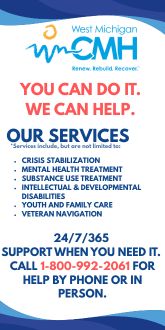
Ann Arbor No. 1 in a port. Photo from the Mason County Historical Society’s Rose Hawley Archives.
This Maritime History Blog is a presentation of the Mason County Historical Society’s Port of Ludington Maritime Museum, ludingtonmaritimemuseum.org, located at 217 S. Lakeshore Dr., Ludington.
By Rob Alway, Editor-in-Chief
The first railroad to offer car ferry service across Lake Michigan was the Toledo Ann Arbor & North Michigan Railway, predecessor of the Ann Arbor Railroad, with the debut of the wooden Ann Arbor No. 1 in 1892.
While the Flint & Pere Marquette Railway had begun cross-lake freighter service in 1875, a year after the arrival of the railroad in Ludington, the service was break-bulk, meaning freight was removed from the railcars, loaded on ships, transported across Lake Michigan, and re-loaded on railcars on the other shore. The F&PM would enter car ferry service in 1897.
The Toledo Ann Arbor & North Michigan was formed by James M. Ashley, former Governor of Montana, in 1884. It reached Frankfort in 1892. Predecessor companies had built north from Toledo beginning in 1870. The line reached Copemish, 267.5 miles from Toledo, in 1888. The following year, an independent road promoted by local interests, the Frankfort & South Eastern, reached Copemish from Frankfort — 23.5 miles — completing the line from Toledo to Frankfort. In 1892, Ashley acquired the Frankfort & South Eastern, bringing the entire line under TAA&NM management.
Frankfort had been an important port in the lumber trade for some years, and package freighters called there both in cross lake and coastwise service. Its harbor, Betsie Lake, is connected by a short channel to Lake Michigan. The harbor is extremely snug, offering protection against storms. Since the harbor mouth is quite far out into Lake Michigan, it is not troubled with concentrations of pack ice to an exceptional extent.
Almost immediately upon taking over the Frankfort & South Eastern, Jan. 8, 1892, the Toledo Ann Arbor & North Michigan began to operate break-bulk service across the lake to Kewaunee, Wis., the nearest major port on the Wisconsin shore. At this point in time, cross lake break-bulk service had been operating out of Ludington for 17 years.
The Lackawanna Railroad’s steamer Osceola made the first trip under lease to the TAA&NM. Osceola provided the service for the first season, along with the ships City of Marquette and Alice Stafford. Osceola could handle some 35 to 40 carloads of flour, the principle cargo, but the cost of transshipment amounted to $6 to $12 per car.
Ashley, even before completion of the railroad, had envisioned a service that could carry railcars across the lake to reduce the expenditure and to expedite the operation. He ordered a slip and other facilities built at Elberta, on the south side of Betsie Lake, across from Frankfort. He arranged with Frank E. Kirby to design a pair of wooden car ferries, which were then built at the Craig Ship Building Company of Toledo. The keel of the first, Ann Arbor No. 1 was laid on June 10, 1892 and the ship was launched Sept. 29 of the same year.

Ann Arbor No. 1 in a port. Photo from the Mason County Historical Society’s Rose Hawley Archives.
Since the ship was the first of a new type, a car ferry designed for lengthy trips on open water, it had many highly original features, some of which were successful and others of which were not. It had an oak hull, reported by those who sailed in it to have been particularly limber and flexible, and was steel sheathed to a point 4 feet above the water line. The new ship had a bow propeller for ice breaking and twin screws aft, making it the first triple screw ship in the American registry. It had three horizontal engines and three fire box boilers.
The Ann Arbor No. 1 was 260.4 feet in length and 53 feet in width. It was 14.7 feet in height. The coal-powered steamship was operated by three horizontal compound engines, 20-inches plus 40-inches by 36-inches at 1,830 horsepower. The engines were built by S.F. Hodge & Co., Detroit. Its three firebox boilers were built by Lake Erie Boiler Works, Buffalo, NY. In 1901 the boilers were replaced with two Scotch boilers built by American Ship Building Co., Cleveland. The ship had four tracks and could hold 24 cars.
The Ann Arbor No. 1 was designed to load at the stern with a car deck that was open aft, which was a potentially dangerous arrangement. There was a risk of the car deck being swamped by a wave. This would be a major topic following the sinking of the Pere Marquette No. 18 almost two decades later.
It left on its first trip from Elberta to Kewaunee on Nov. 24, 1892.
The new type of ship had a difficult time. It began service during a national economic depression plus shippers were reluctant to entrust cargoes to the new service. The railroad had difficulty finding loads for the first trip, but a fuel company which sold coal to the railroad routed four cars to Kewaunee over the ferry. When the first cargo was loaded it was discovered tha thte vertical clearance on the car deck was inadequate, and modifications in the overhead had to be made.
The ship’s first trip was kind of a bust. Ashley and other leading railroad officials were onboard. Due to fog, the ship went aground just north of Kewaunee harbor on its first approach. It remained aground for two days before it was finally pulled off by the Swain wrecking tub Favorite on Nov. 26.
At Kewaunee it unloaded its cargo and then took on 22 carloads of flour returning to Elberta without incident. On its third trip, Nov. 28, it again ran aground, three miles north of Ahnapee, Wis. (now Algoma) with damage of $1,500 to its cargo.
The Ann Arbor No. 1 burned at Manitowoc, Wis. on March 8, 1910. Its hull was recovered and reduced to a barge.
______________________
Please Support Local News
Receive daily MCP and OCP news briefings along with email news alerts for $10 a month. Your contribution will help us to continue to provide you with free local news.
Payment can be made monthly via credit card, bank account, PayPal or Venmo through recurring email invoicing. These payments can be set up for autopay each month.
To sign up, email editor@mediagroup31.com. In the subject line write: Subscription. Please supply your name, email address, mailing address, and phone number (indicate cell phone). We will not share your information with any outside sources. For more than one email address in a household, the cost is $15 per month per email address.
Alternative methods:
PayPal Monthly Payment. Click this link.
We can send you an invoice for a yearly payment of $120, which you can conveniently pay online or by check. If you are interested in this method, please email editor@mediagroup31.com and we can sign you up. You can also mail a yearly check for $120 to Media Group 31, PO Box 21, Scottville, MI 49454 (please include your email address).
Payment must be made in advance prior to subscription activation.
We appreciate all our readers regardless of whether they choose to continue to access our service for free or with a monthly financial support.
_____
This story and original photography are copyrighted © 2025, all rights reserved by Media Group 31, LLC, PO Box 21, Scottville, MI 49454. No portion of this story or images may be reproduced in any way, including print or broadcast, without expressed written consent.
As the services of Media Group 31, LLC are news services, the information posted within the sites are archivable for public record and historical posterity. For this reason it is the policy and practice of this company to not delete postings. It is the editor’s discretion to update or edit a story when/if new information becomes available. This may be done by editing the posted story or posting a new “follow-up” story. Media Group 31, LLC or any of its agents have the right to make any changes to this policy. Refer to Use Policy for more information.





















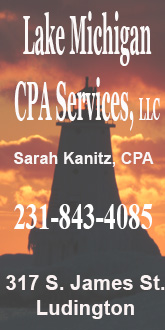
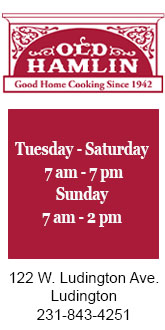


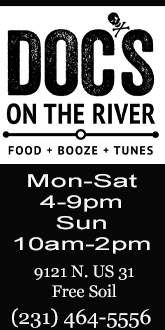

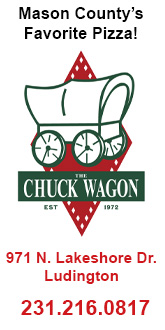
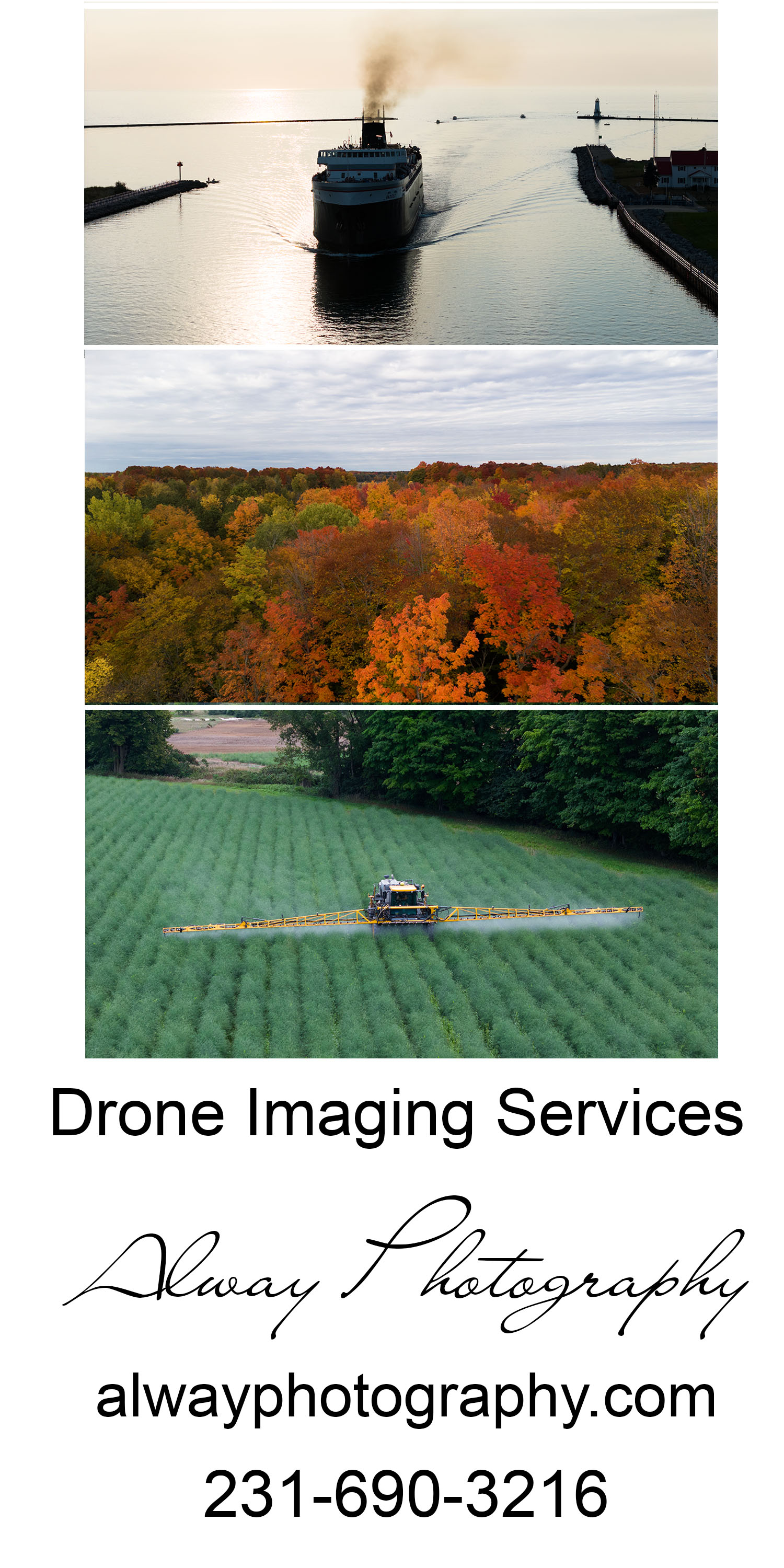
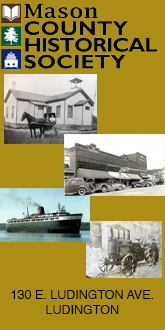
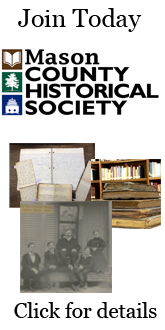




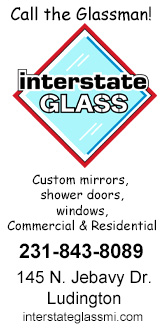







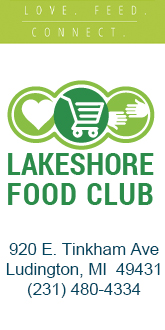
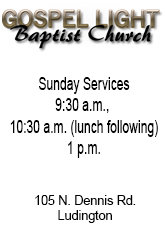

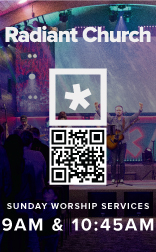

.png)
